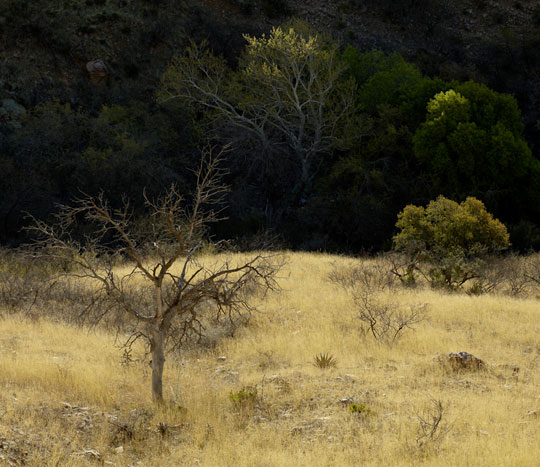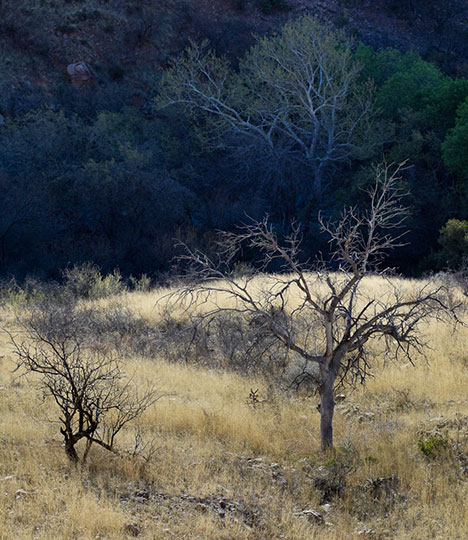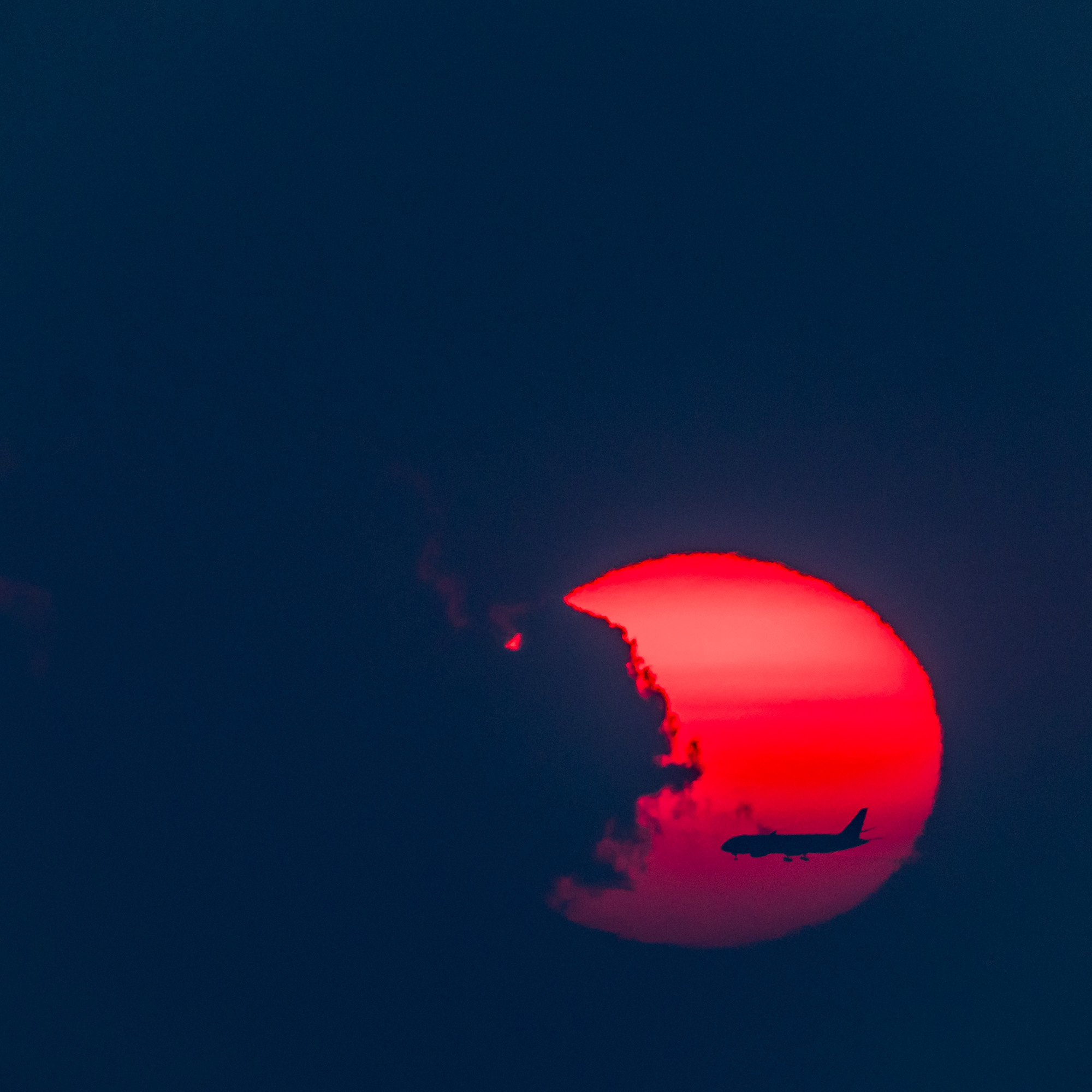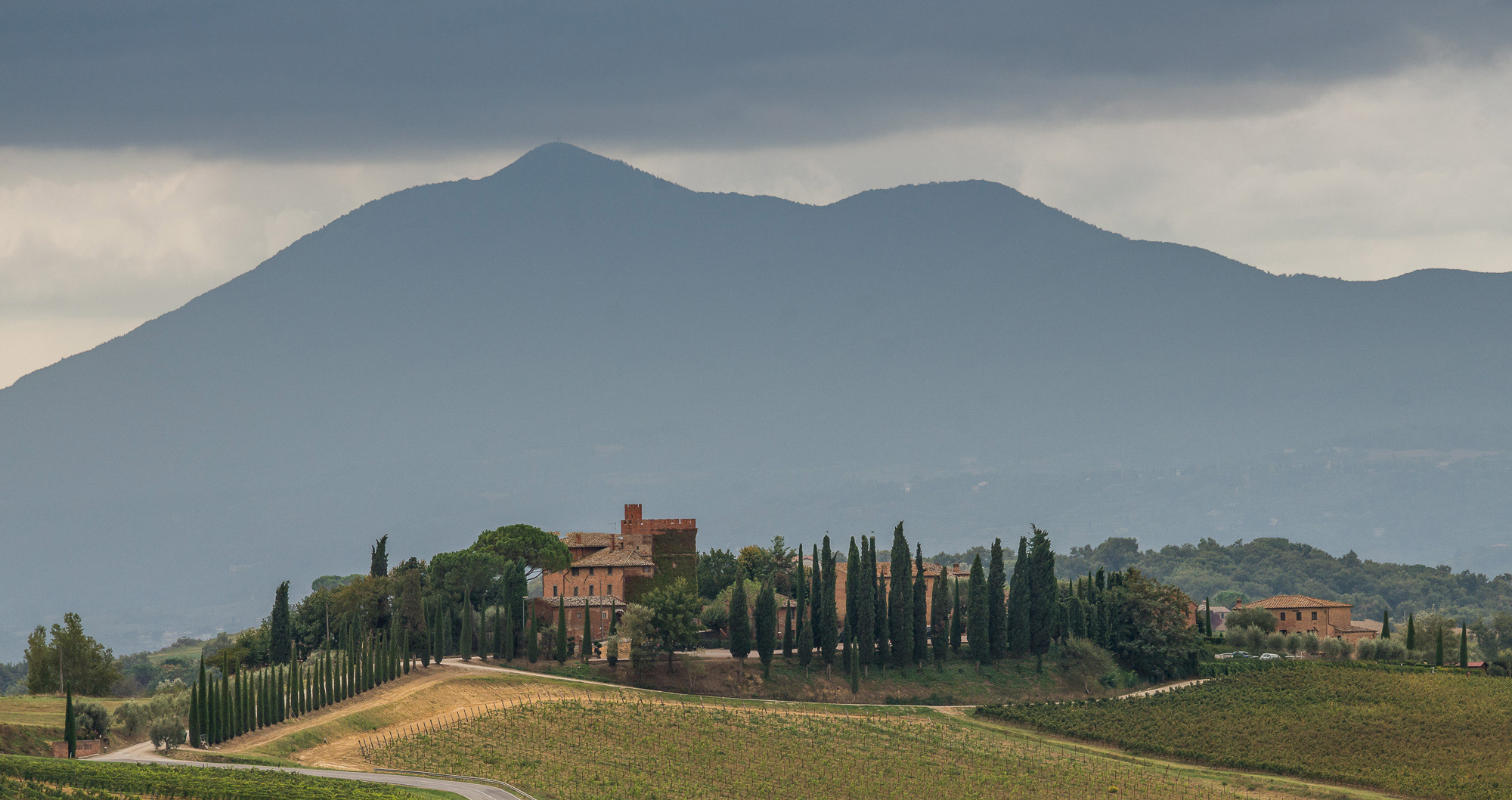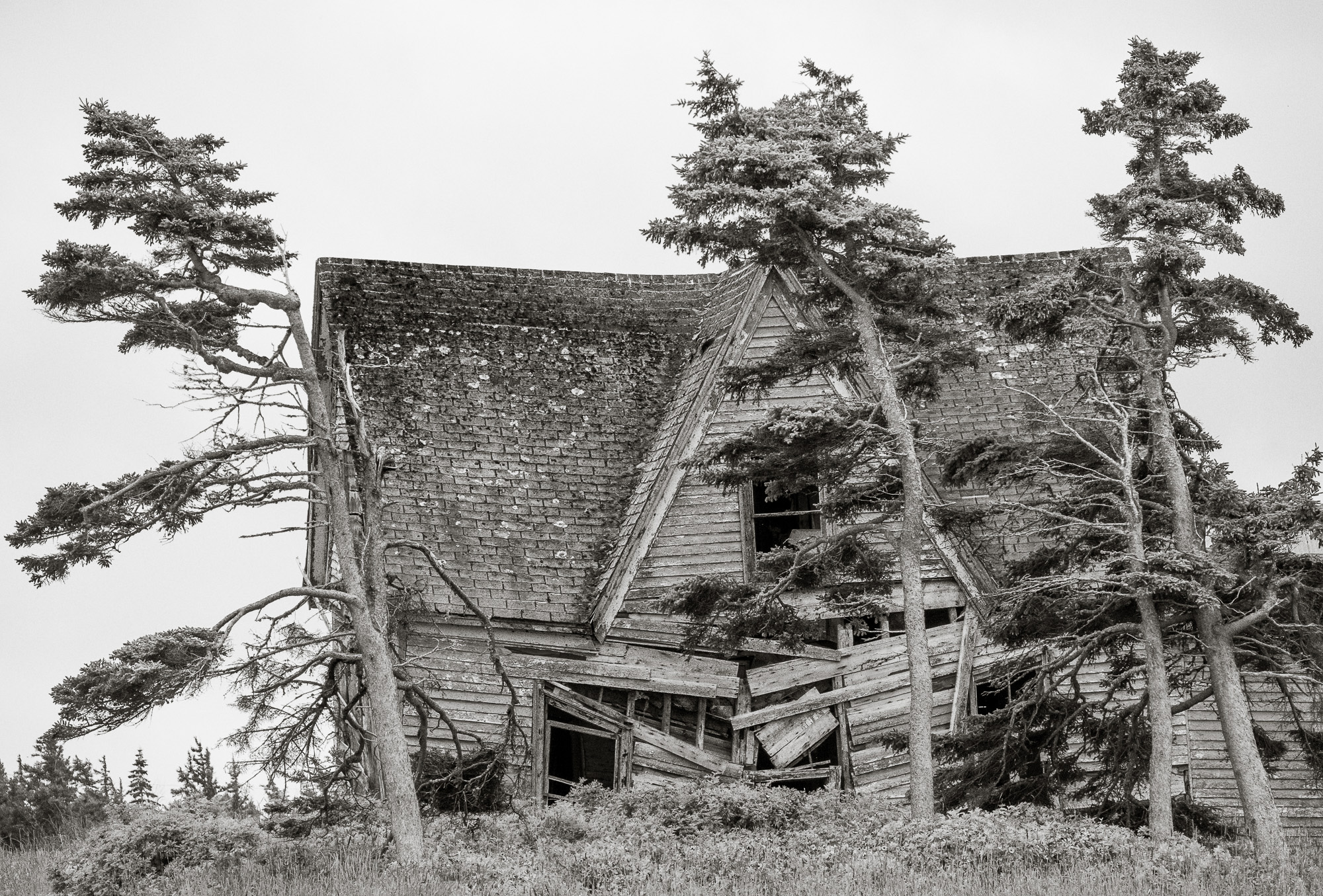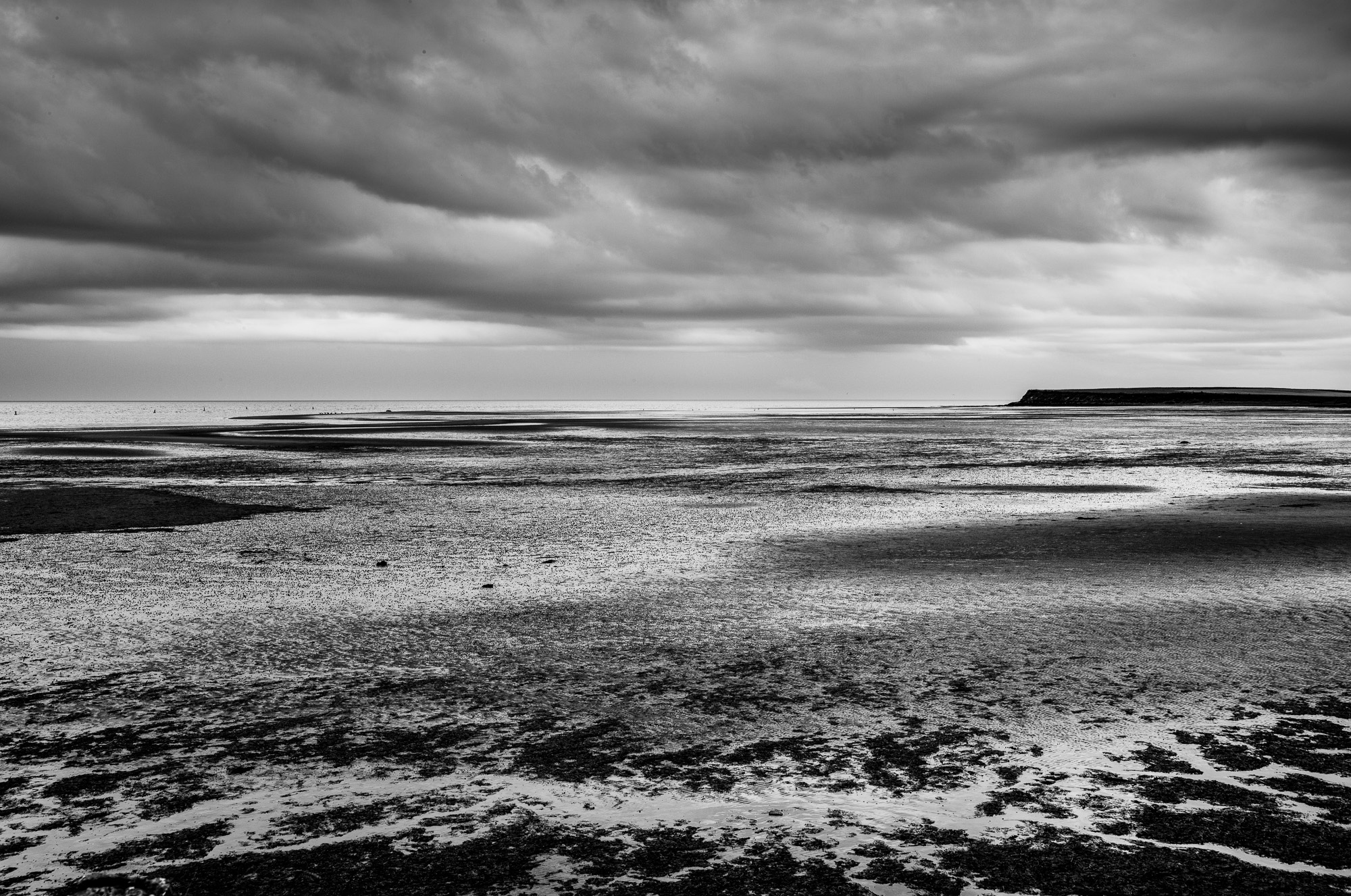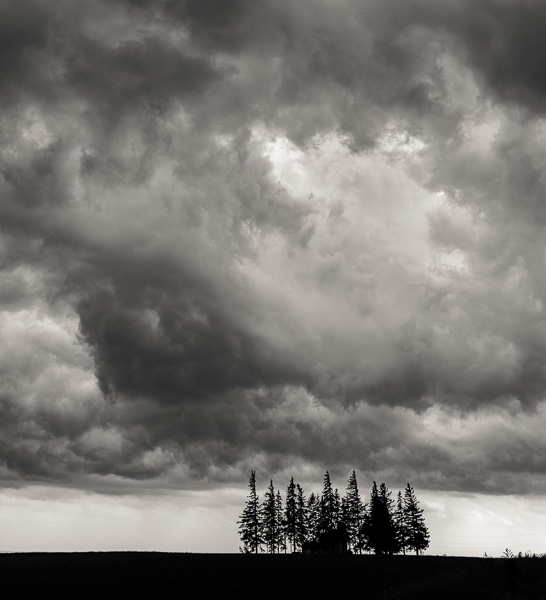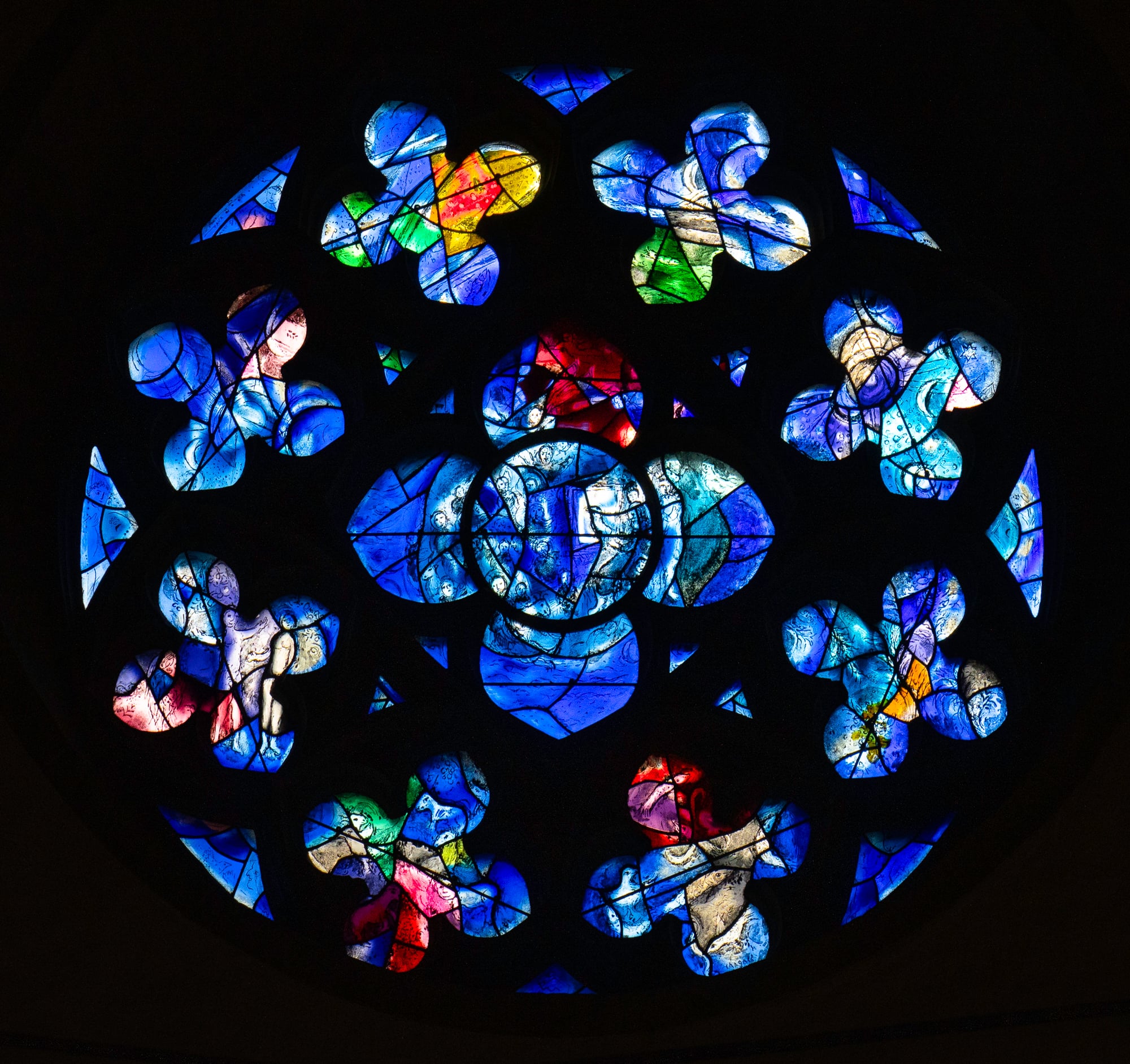Phase One 645 with 75-100mm lens and P65+ back at ISO 100
In the days of film we chose either daylight or tungsten balanced film. If we were doing exacting commercial work we might bring a set of Wratten CC filers on location along with a colour temperature meter. But for the most part we simply lived with the colour balance that nature served up and then did minor corrections when going to print.
When shooting digital today we have comparable though different choices. We might simply set the camera to auto white balance and hope for the best. Or, we can set white balance to a preset or even a specific Kelvin temperature on some cameras. And, if we’re shooting raw, it really doesn’t matter because we have the freedom to set the white balance to whatever seems best when raw processing.
Of course this begs the question ofwhat seems best. Is it accuracy that we’re after? If so then we should shoot a reference card or colour chart on location and click-balance accordingly.
But what if we’re not as concerned withaccuracyas we are withpleasingcolour? In that case, throw away the rule book and see where your taste and esthetic lead you.
Phase One 645 with 75-100mm lens and P65+ back at ISO 200
______________________________________________________________
Warm or Cool?
Above are two frames taken a couple of minutes apart on a shoot in Arizona in 2009. The framing is slightly different, but the main difference is in how I white balanced them inLightroom. I didn’t do this as an academic exercise or for purposes of writing this article. The images were selected days apart, and it was only after I’d made prints that I realized that I’d produced two quite different white balance decisions when processing the files.
Now, as I look at them, I realize that the cool one is the more accurate in that it most closely approximates what the eye saw at the time. But, the warmer one at the top of the page is the one that appeals to both me and several viewers that I’ve polled on the subject.
Which one is right? Which one is better? As with almost all such choices in photography, beauty is in the eye of the beholder.
February, 2010
Read this story and all the best stories on The Luminous Landscape
The author has made this story available to Luminous Landscape members only. Upgrade to get instant access to this story and other benefits available only to members.
Why choose us?
Luminous-Landscape is a membership site. Our website contains over 5300 articles on almost every topic, camera, lens and printer you can imagine. Our membership model is simple, just $2 a month ($24.00 USD a year). This $24 gains you access to a wealth of information including all our past and future video tutorials on such topics as Lightroom, Capture One, Printing, file management and dozens of interviews and travel videos.
- New Articles every few days
- All original content found nowhere else on the web
- No Pop Up Google Sense ads – Our advertisers are photo related
- Download/stream video to any device
- NEW videos monthly
- Top well-known photographer contributors
- Posts from industry leaders
- Speciality Photography Workshops
- Mobile device scalable
- Exclusive video interviews
- Special vendor offers for members
- Hands On Product reviews
- FREE – User Forum. One of the most read user forums on the internet
- Access to our community Buy and Sell pages; for members only.






